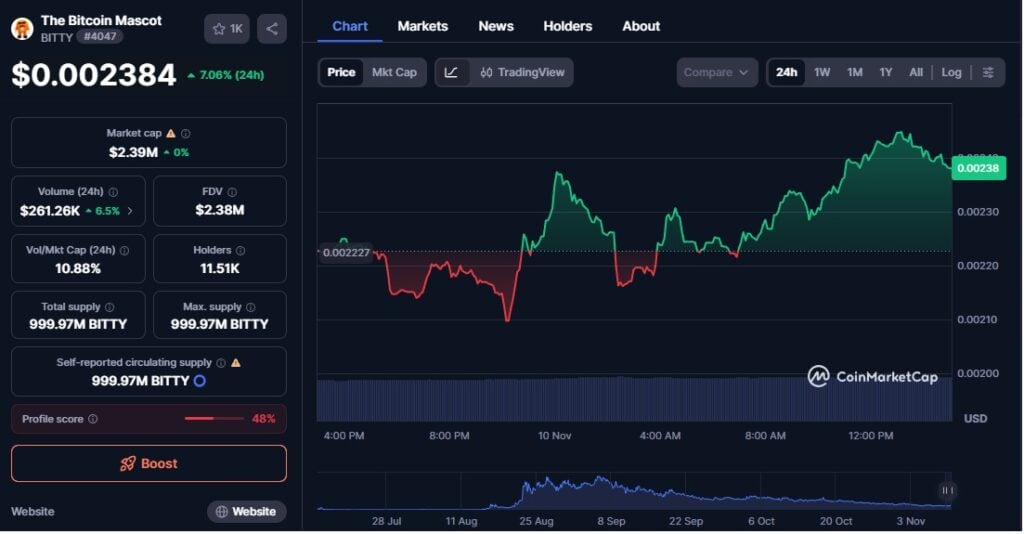The nation’s health insurers have hiked prices to boost profits while bracing for losses of customers who cannot afford to buy more expensive coverage.
getty
The nation’s health insurers have hiked Obamacare prices to boost profits while bracing for losses of customers who cannot afford to buy more expensive coverage.
U.S. consumers this weekend have begun to look at health insurance options for 2026 with open enrollment underway for individual coverage under the Affordable Care Act, also known as Obamacare. And what they see are major price hikes from health insurers generally in the “20-25%” range, according to an analysis of major publicly traded health insurance companies though some are as high as 100% or even 300%, some media reports have said.
The price hikes by health insurers come amid a federal government shutdown that has entered a fourth week. And extending tax credits beyond this year that would offer some relief from the price increases for millions of Americans are at the center of the standoff between Republicans who control Congress and are largely opposed to the subsidies and Democrats who support them.
Without the tax credits, health insurers are bracing for a loss of customers, executives have been telling Wall Street analysts and investors in the last two weeks as they report their third quarter earnings.
“We are supporting a population staring down (enhanced premium tax credit) expiration and potentially the wholesale loss of affordable healthcare coverage next year,” Sarah London, chief executive officer of health insurer Centene said last week as she discussed the company’s third quarter earnings on a call with analysts.
Centene is the nation’s largest provider of Obamacare with 5.8 million enrollees in its Ambetter brand health plans.
“Overall, premium increases are generally in the 20-25% range driven by 2025 acuity pressure and expiration of (enhanced premium tax credits) in 2026,” analysts from Barclays wrote last week.
Meanwhile, health insurance companies have retreated from selling individual coverage under the ACA, also known as Obamacare, to help improve their bottom lines.
“Total plan count declined in 2024 and 2025 driven by a shift away from bronze offerings and the exit of several financially distressed carriers in 2024,” the Barclays report published last week said. “In 2026, plan offerings declined by a similar level to 2025 driven by CVS’s planned exit from the market and reductions from market leader (Centene).”
UnitedHealthcare, the nation’s largest health insurer and a unit of healthcare giant UnitedHealth Group, has 1.7 million Obamacare enrollees but is expecting to lose two-thirds of them.
“Where we are unable to reach agreement on sustainable rates, we are enacting targeted service area reductions,” UnitedHealthcare chief executive Tim Noel told analysts during a call last week to discuss the company’s third quarter earnings. “We believe these actions will establish a sustainable premium base — while likely reducing our ACA enrollment by approximately two-thirds. These actions should drive margin improvement in our employer and individual segment in 2026 — though still below our targeted 7–9% range.”
While it remains unclear when, and if, Congress will come to an agreement on re-opening the government and extended the tax credits, health insurance executives are holding out hope.
“Congressional dialogue around (enhanced premium tax credits” has obviously gained tractioon in recent weeks, but the outcome remains uncertain,” London said. “While our products are priced to support year-over-year margin improvement in the scenario where (enhanced advance premium tax credits) expire, we believe these tax credits offer critical support for hardworking Americans, small business owners adn rural healthcare infrastructure, and we are hopeful Congress can find a path forward.”
Source: https://www.forbes.com/sites/brucejapsen/2025/11/02/as-congress-holds-up-obamacare-tax-credits-insurers-hike-prices-and-lose-customers/


